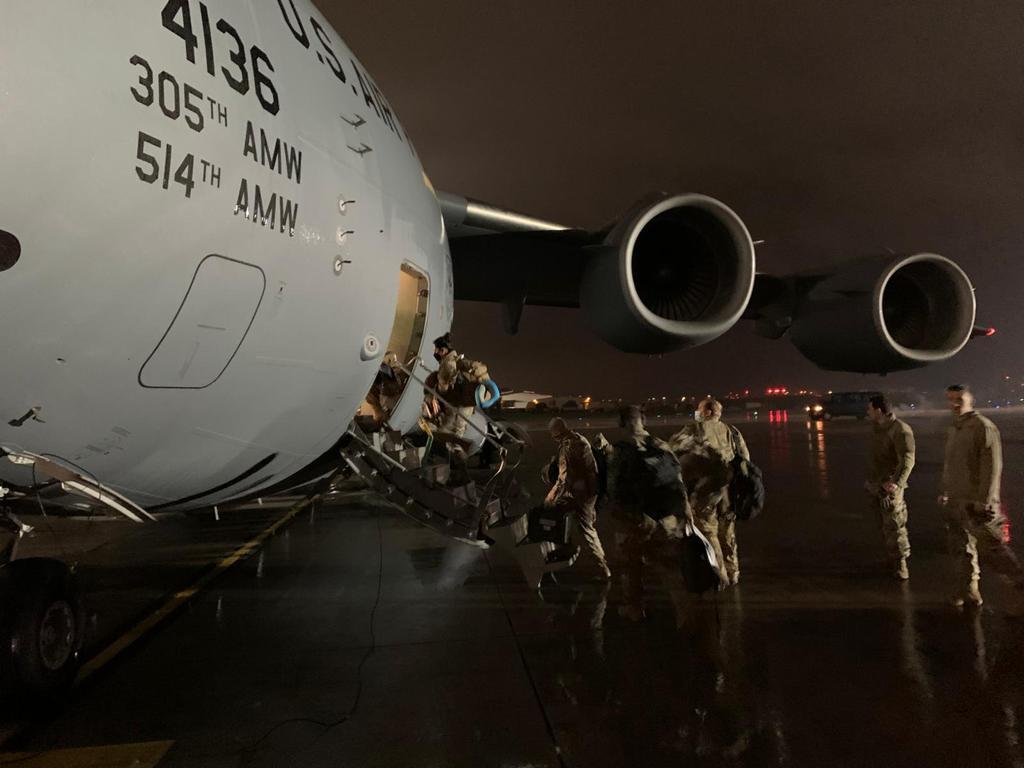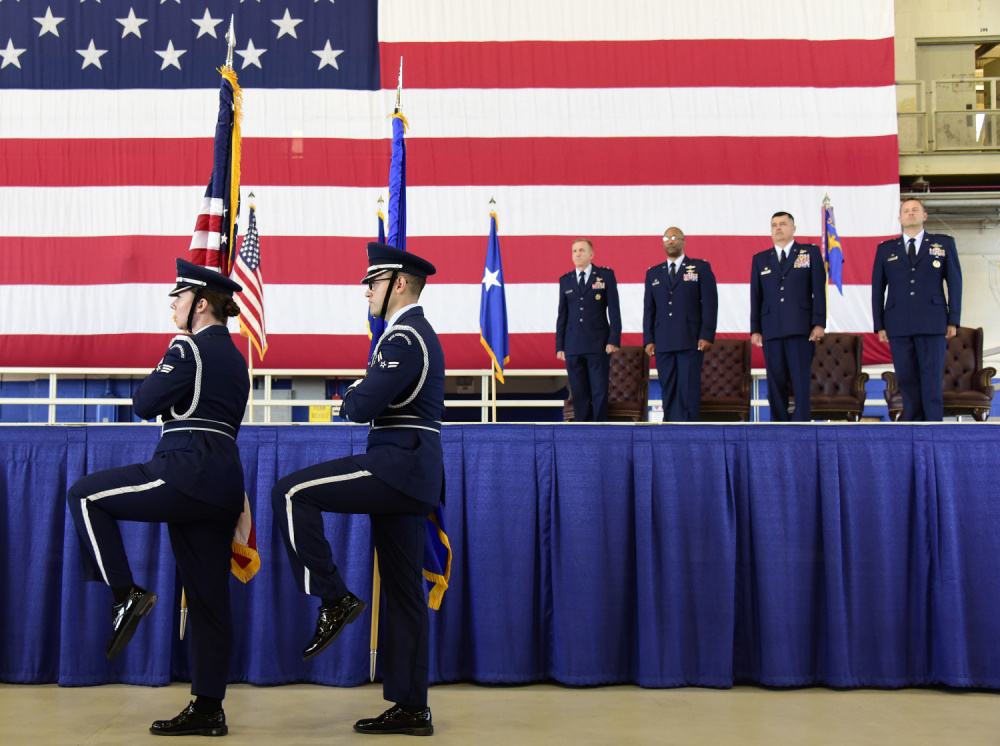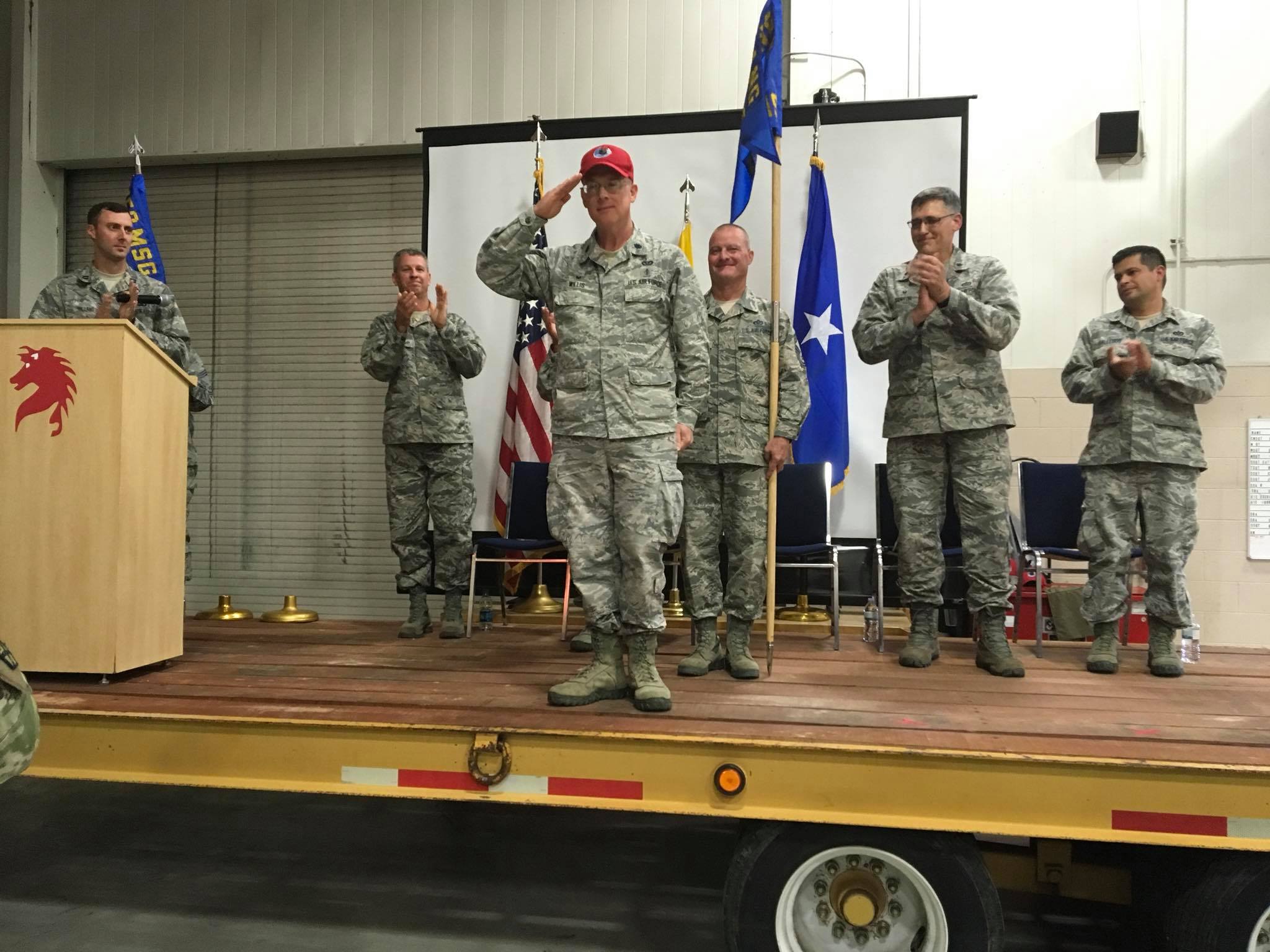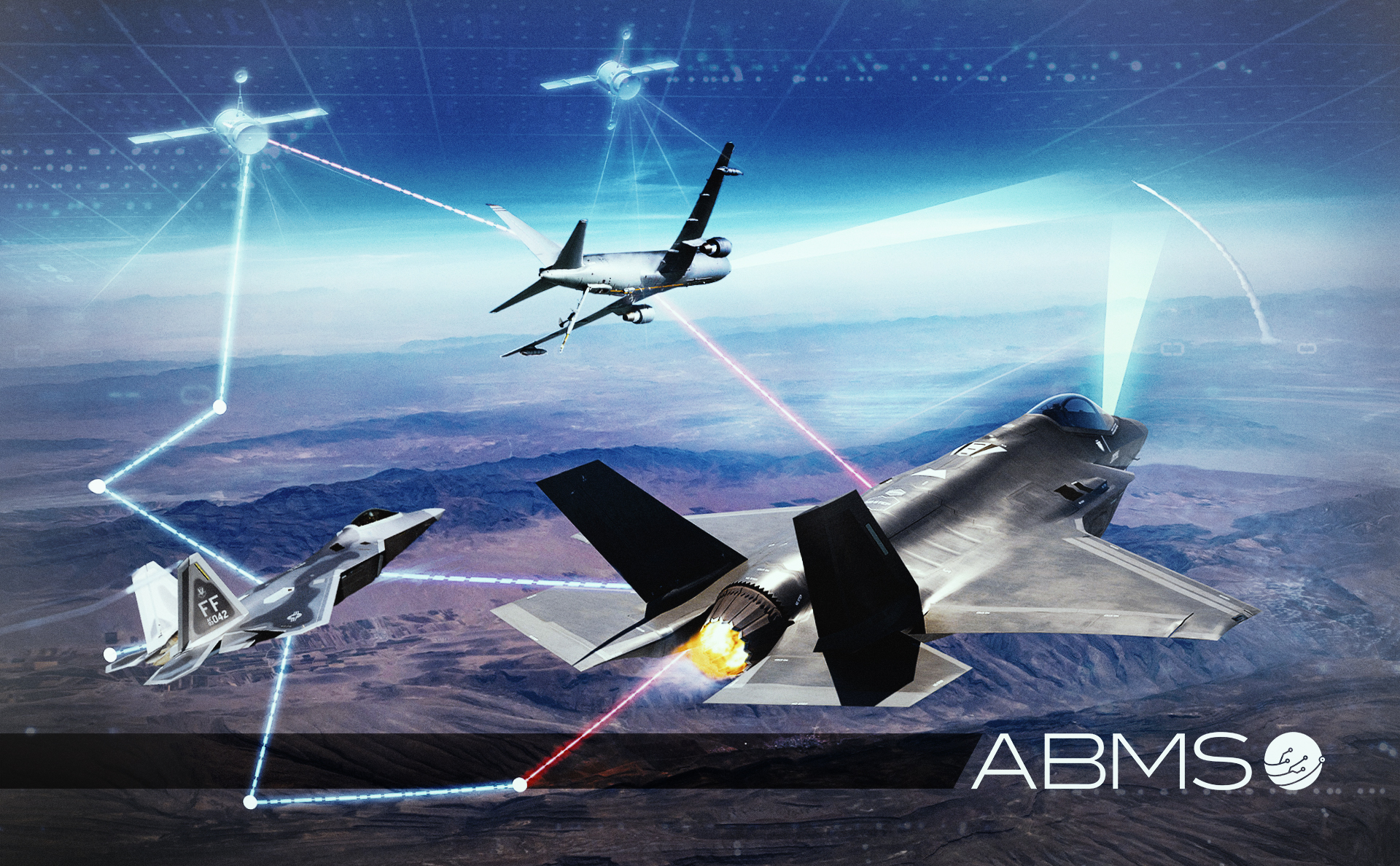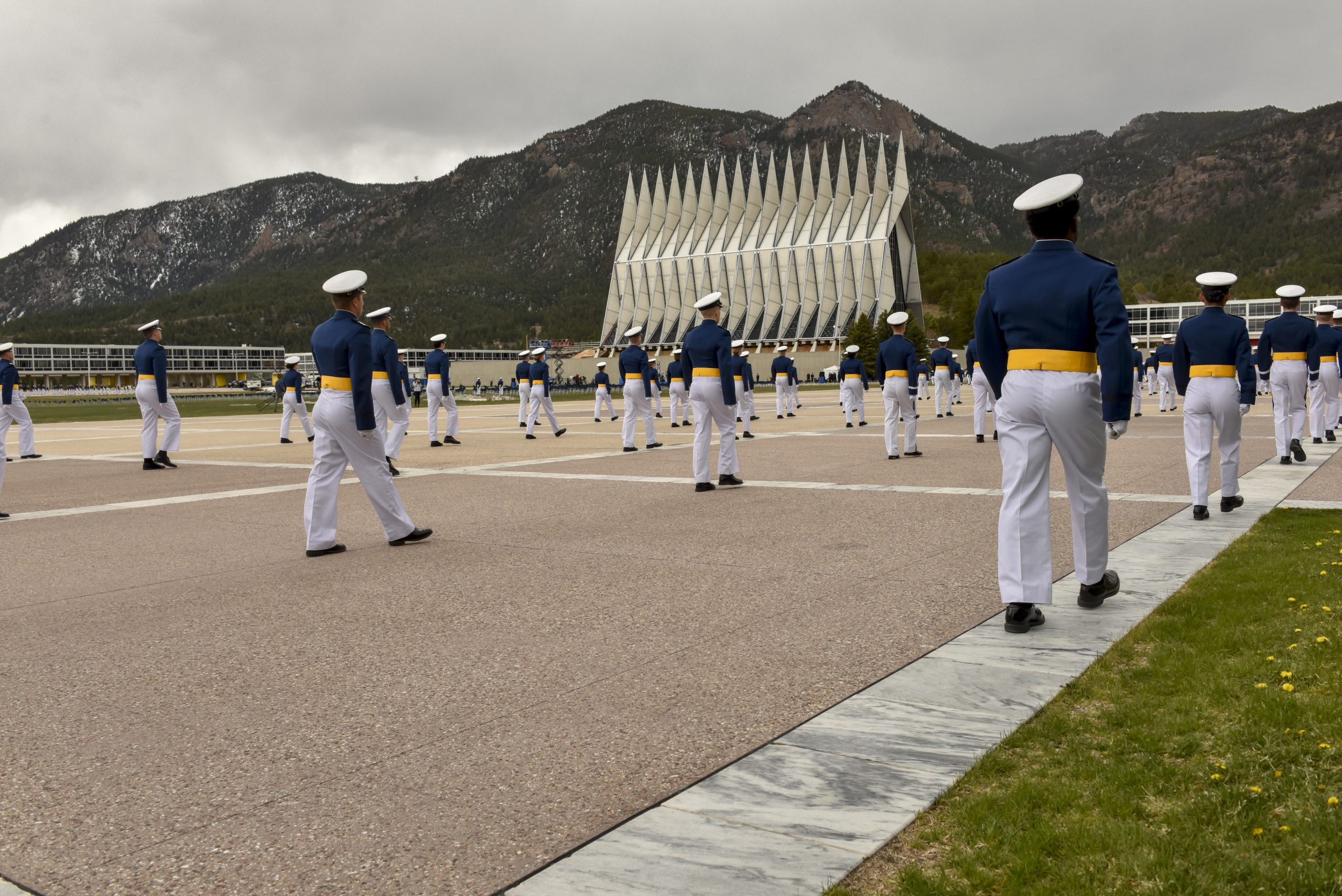The Defense Department is considering sending U.S. troops back to Somalia just about six months after pulling them all out of the country as part of a broader look at the military’s force posture.
In December, then-President Donald J. Trump ordered troops to leave Somalia as part of a global push to draw down the numbers of deployed forces. Since then, U.S. forces have been “commuting to work” by flying in from nearby nations for training events and then leaving.
AFRICOM boss Gen. Stephen J. Townsend, speaking June 29 during the Center for Strategic and International Studies EU Washington Defense Forum, said the Pentagon under President Joe Biden is in the final stages of changing the force posture in the region.
“I’ve been communicating back and forth with my civilian leaders in the Department of Defense, the Secretary of Defense, giving him options,” Townsend said. “And I think we’ll keep those options right where they should be, in private communications with the Secretary Defense, so our civilian leaders have the opportunity to make their decisions.”
Townsend said it is his belief that the best way to work with partners in Africa is “side-by-side, face-to-face, shoulder-to-shoulder,” and it’s gotten much more difficult to do that with American forces flying in for short periods of time.
“There’s really no denying that our … fairly sudden repositioning out of Somalia earlier this year has introduced new layers of risk and complexity to our mission there,” Townsend said. “So, what we’re trying to do is manage that risk and complexity as we still try to help our African partners with their security challenges.”
The withdrawal from Somalia was a large-scale undertaking, led by USAF aircraft and other air power. USAF C-130s flew about 200 sorties as part of “Operation Octave Quartz,” bringing out about 4 million pounds of cargo and hundreds of personnel.
A U.S. Navy aircraft carrier deployed to the region, with U.S. Marine Corps F-35Bs providing overwatch of moving American troops. USAF MQ-9s and special operations aircraft also provided surveillance. Air Force F-16s and KC-135s from U.S. Central Command also flew down to the region, with an E-11 Battlefield Airborne Communication Node helping the forces communicate, U.S. Air Forces in Europe-Air Forces Africa boss Gen. Jeffrey L. Harrigian told Air Force Magazine earlier this year.
“As we did this, we recognize that when you pull together a joint task force made up of Americans that are focused on a mission, they’re going to figure out a way to get it done,” Harrigian said. “And they’re going to do it by protecting Americans. They’re going to do it safely and effectively, and they did it in an extremely short period of time.”
Also in 2020, the Pentagon announced it was looking to move AFRICOM’s headquarters as part of its force posture changes. Townsend said June 29 that his command “is very happy to be right where we are in Europe, in Germany,” and it would be “tough to choose” a possible location in Africa. “I think we’re in a great place,” he said.
